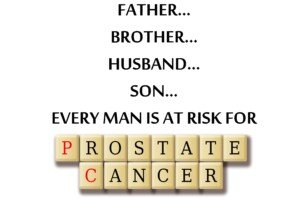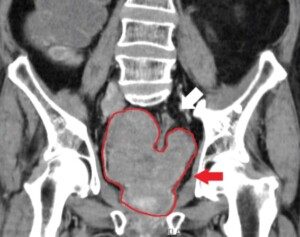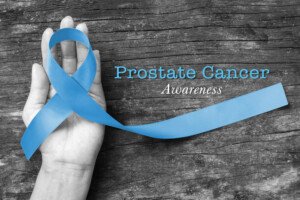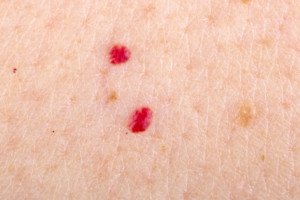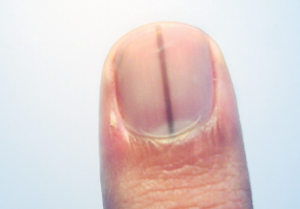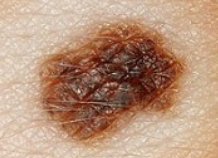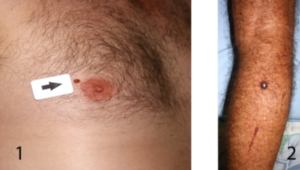Researchers looked into the timing of eye contact, not just how it’s done.
The study, led by cognitive neuroscientist Dr. Nathan Caruana and his team at Flinders University’s HAVIC Lab, asked 137 typical participants to complete a block-building task with a virtual partner.
They found that the best way to signal for help was a simple three-step gaze.
- Look at the object
- Next look at your partner’s eyes
- Then look back at the object
This sequence made people most likely to interpret the gaze as a request for assistance.
Dr. Caruana explains that it’s not just about how often someone makes eye contact, it’s the context of the eye movements that really counts.
The paper points out that participants responded the say way whether the gaze came from a robot or a human.
This shows that the human brain is wired, naturally, to detect social cues regardless of source.
This kind of insight could change how tech is designed and trained.
If robots and virtual assistants can mimic the subtle nonverbal signals that people naturally use, interactions with them could feel far more natural and intuitive.
Dr. Caruana explains that this decoding of such an instinctive behavior can help build better connections with typical people in a variety of contexts, as well as with autistic individuals.
The HAVIC Lab is also pursuing other elements that influence how we interpret gaze, including how long eye contact lasts and whether it’s repeated.
Hopefully the researchers will take a look at how typical people navigate eye contact as they’re approaching someone they know from a distance, such as in a long corridor at the workplace or in a college dormitory.
Many autistic people find this scenario troublesome to navigate.
The paper concludes that the subtle signals of eye contact are the “foundation of social connection.”
Smarter technology with better training can be designed based on better understanding of this foundation.













